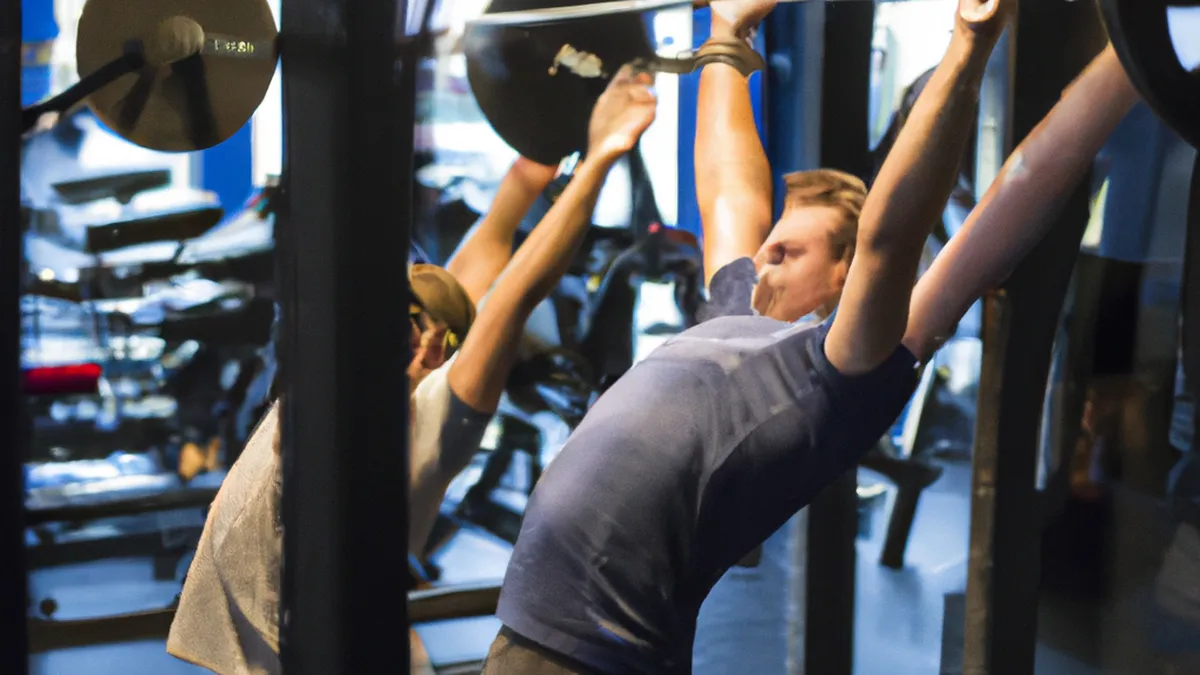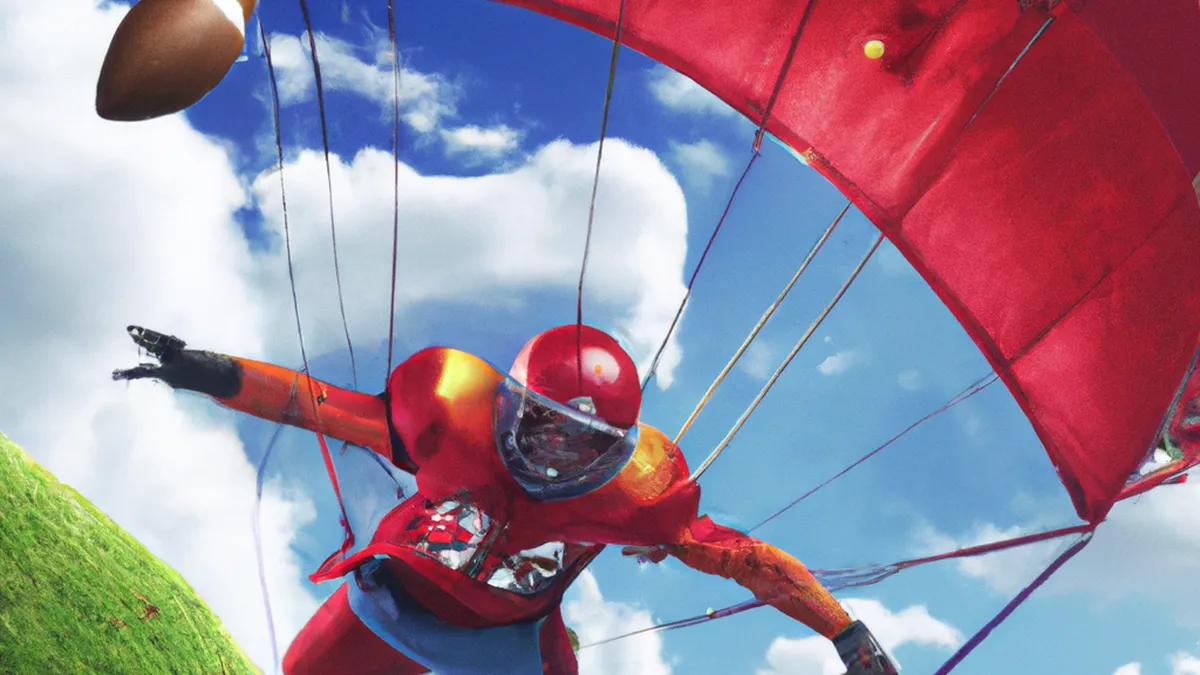Break Time: Why Deloading Matters for Athletes
Deload Strategies for Adolescent AthletesAdolescent athletes face immense pressure to perform. They train intensely for school sports and higher competition levels. Amidst skill development, recovery often gets overlooked. Deloading helps athletes recover and prevents overtraining. This post explores effective deload strategies for adolescent athletes, emphasizing recovery’s importance in their development.
Understanding Deloading
Deloading means reducing training intensity, volume, or both. This strategy helps the body recover and adapt to training stresses. It prevents injuries and maintains performance levels over time. Adolescent athletes must understand deloading since their bodies still develop. Coaches and parents should help them recognize fatigue signs and incorporate deload periods.
Signs That Indicate the Need for a Deload
As an Amazon Associate I earn from qualifying purchases.
Gear tip: consider sleep mask, weighted blanket, and white noise machine to support this topic.
Recognizing deload needs is key for all athletes, especially adolescents. Here are signs that indicate a need for recovery:- **Fatigue**: Persistent tiredness, physically and mentally, signals overtraining. If athletes feel drained after rest, they may need to deload.- **Declining Performance**: A drop in performance, like failing to hit personal bests, indicates a need for recovery.- **Increased Irritability or Mood Swings**: Overtraining can cause emotional disturbances. If athletes become more irritable, they should assess their training load. – **Frequent Injuries or Soreness**: Chronic soreness or recurring injuries suggest inadequate recovery, concerning for developing young athletes.
Effective Deload Strategies
Effective deload strategies optimize recovery and promote long-term development. Here are some proven methods:
1. Reduce Training Volume
Lowering training volume is a straightforward strategy. Athletes can cut back on sets or repetitions. For example, if they perform five sets, they can reduce it to three during a deload week. This reduction allows recovery while maintaining training routine.
2. Decrease Intensity
Another strategy involves decreasing workout intensity. Athletes can lower weights or reduce running speed. For example, if an athlete usually lifts a certain weight, they can decrease it during deloading.
Conclusion
In summary, adolescent athletes benefit from strategic deloading. Recognizing signs and implementing effective strategies supports their recovery and long-term development.
Below are related products based on this post:
FAQ
What is deloading?
Deloading refers to the practice of reducing training intensity, volume, or both to facilitate recovery. This strategy helps athletes adapt to training stresses and prevents injuries while maintaining performance levels. It is especially important for adolescent athletes as their bodies are still developing.
What are the signs that an adolescent athlete needs to deload?
Key signs indicating the need for a deload include persistent fatigue, declining performance, increased irritability or mood swings, and frequent injuries or soreness. If athletes feel drained despite rest or notice a drop in performance, it may be time to incorporate a deload period.
What are effective deload strategies for adolescent athletes?
Effective deload strategies include reducing training volume and decreasing workout intensity. Athletes can lower the number of sets or repetitions and decrease weights or running speed to promote recovery while maintaining their training routine.















Post Comment